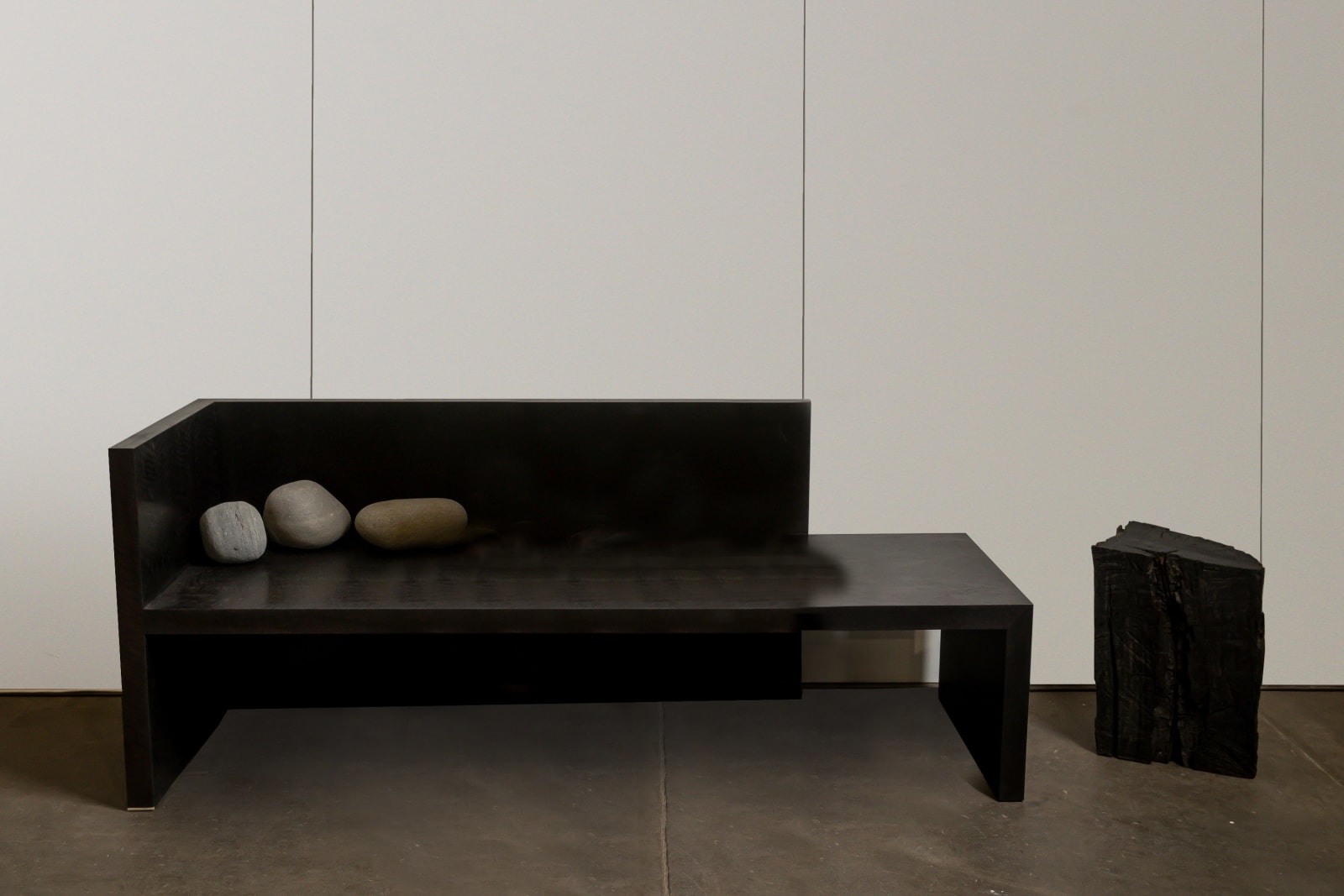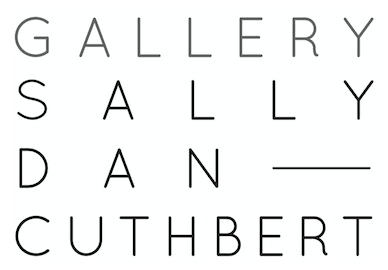Damien Wright
Further images
The timber, in the middle of a material transformation, can no longer be classified as timber but neither is it a fossil. Interestingly, if left underground for another 50 million years, it would become oil. A process of ‘metamorphosis’ that is as old as time.
Geomorphologist, Jim Bowler, notes that this particular species of red gum would have grown on the banks of the Murray River after the end of the last ice age, which peaked around 20,000 years ago. Over several thousands of years, melting snow and receding glaciers transported vast quantities of gravel and scree from the Victorian Alpine region - carving out valleys, collecting organic matter, and entombing fallen trees, including the river red gum.
Compacted in an acidic and oxygen-deprived environment, the timber slowly absorbs and becomes saturated with iron and silica - gradually becoming oxidised and ebonised, hardening and turning black. It is through these natural, ancient processes of material change that the river red gum is transformed and becomes the highly prized, Ancient River Red Gum.
This text is extracted from an article written by Myf Doughty, Assistant Curator, Contemporary Design and Architecture, The National Gallery of Victoria, published in the NGV Magazine, Issue 25, Nov - Dec 2020.
Exhibitions
NGV, Melbourne Design Fair, 15 March - 20 March, 2022










